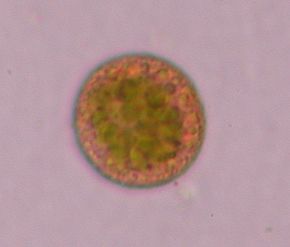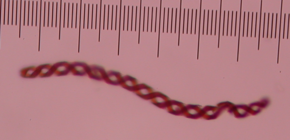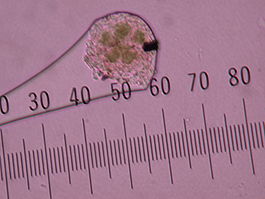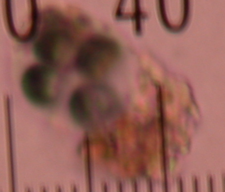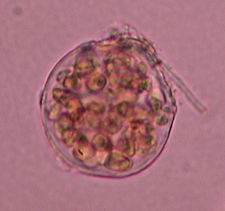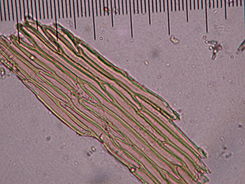Difference between revisions of "Feather Flora of Migratory Shore Birds"
(→Have you ever wondered what birds take with them as they travel across the globe?) |
|||
| Line 68: | Line 68: | ||
[[File:36a(6).jpeg|245px|thumb|right|]] | [[File:36a(6).jpeg|245px|thumb|right|]] | ||
| − | + | <p><br><br><br><br><br><br><br><br><br><br><br><br><br><br><br><br><br><br><br><br><br><br><br><br><br><br><br> | |
| − | <p><br><br><br><br><br><br><br><br><br><br><br><br><br><br><br><br><br><br><br><br><br><br><br><br><br><br><br><br><br><br><br><br><br> | + | <p><br><br><br><br><br><br><br><br><br><br><br><br><br><br><br><br><br><br><br><br><br><br><br><br><br><br><br> |
==Our Process== | ==Our Process== | ||
Our research team, led by Lily Lewis, is in the process of scanning feather samples from migratory birds that were collected in Canada by ________. One by one, each feather is washed and the contents of its wash are viewed under a microscope in a controlled setting. It is our hypothesis that if moss spores are found within a wash, it is possible that the particular bird that the feather belonged to may be responsible for the dispersal of other spores. With hundreds of feathers to process, our team hopes to provide evidence that migratory birds are key to long distance spore dispersal!</p> | Our research team, led by Lily Lewis, is in the process of scanning feather samples from migratory birds that were collected in Canada by ________. One by one, each feather is washed and the contents of its wash are viewed under a microscope in a controlled setting. It is our hypothesis that if moss spores are found within a wash, it is possible that the particular bird that the feather belonged to may be responsible for the dispersal of other spores. With hundreds of feathers to process, our team hopes to provide evidence that migratory birds are key to long distance spore dispersal!</p> | ||
Revision as of 14:26, 12 December 2013
Many bryophytes display infraspecific bipolar geographic disjunctions. In extreme northern and southern high latitude regions, where these bryophytes are abundant, there is a lack of wind connectivity. While migratory birds have long been assumed as the potential vector to explain the bipolar distribution, our project aims to provide the first concrete evidence for long distance dispersal by migratory birds.
Research Team
Lily Lewis (Ph.D. candidate and project supervisor)
Emily Behling (undergraduate)
A current junior at UConn studying biology.
Hannah Gousse (undergraduate)
A current junior at UConn studying ecology and evolutionary biology.
Emily Qian (undergraduate)
A current senior at UConn studying psychology and molecular and cell biology.
Have you ever wondered what birds take with them as they travel across the globe?
<p>





